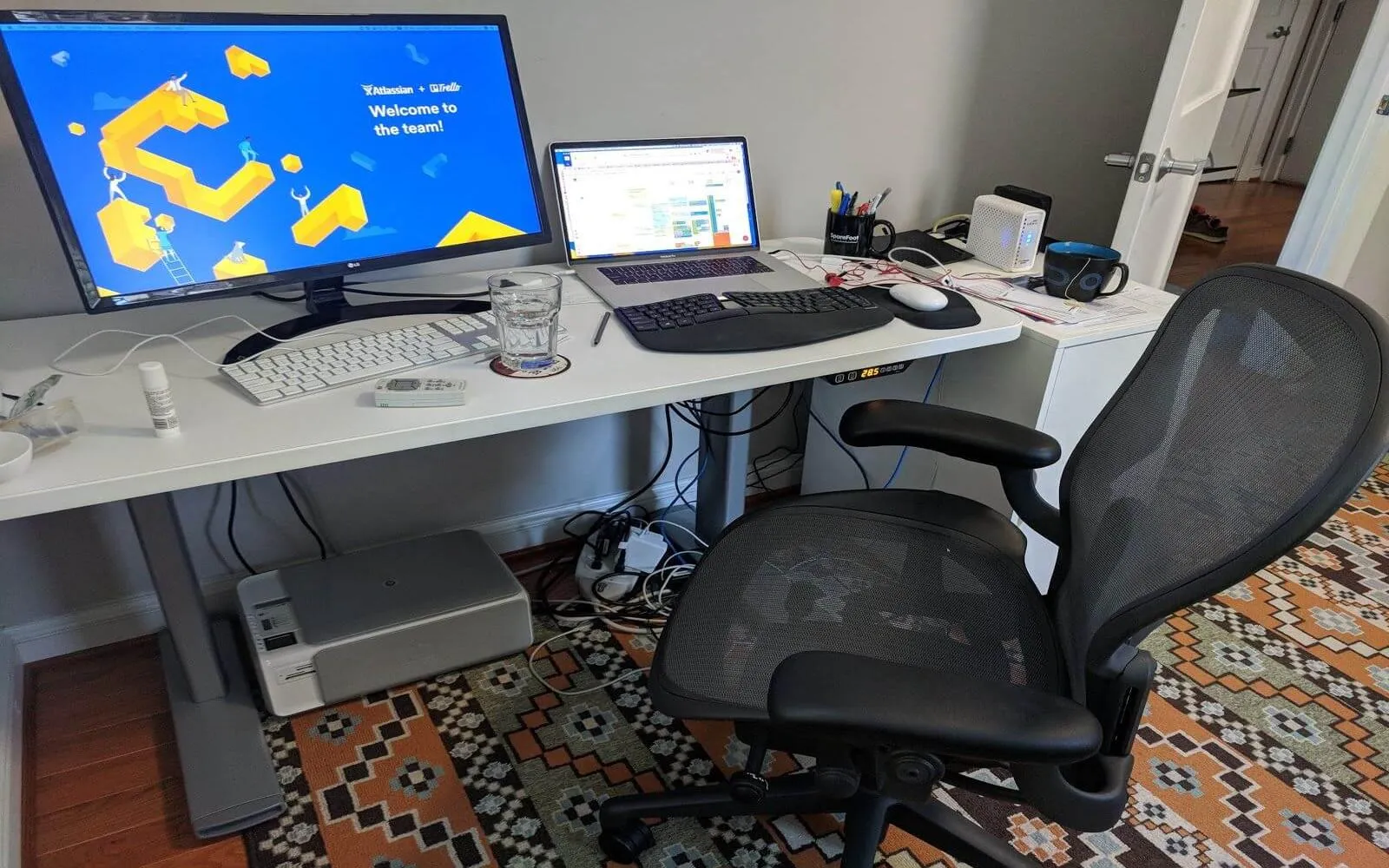In today’s digital age, the concept of a remote office has transformed significantly, giving rise to diverse work environments that cater to various needs and preferences. The flexibility of remote work has led to an increase in productivity, job satisfaction, and work-life balance. Understanding the components of an effective remote office setup can help individuals and businesses optimize their operations.
Key Components of a Remote Office
When discussing what a remote office looks like, several key components come into play. These elements not only enhance productivity but also create a conducive working atmosphere. Below are some critical aspects of a remote office:
| Component | Description | Importance |
|---|---|---|
| Ergonomic Furniture | Chairs and desks designed to support good posture and comfort. | Reduces physical strain and enhances productivity. |
| High-Speed Internet | Reliable and fast internet connection for seamless communication. | Crucial for video conferencing and online collaboration. |
| Technology Tools | Devices such as laptops, printers, and scanners that facilitate work. | Ensures efficient task completion and communication. |
| Home Office Setup | A dedicated space in the home designated for work. | Creates boundaries between work and personal life. |
| Collaboration Software | Applications for team communication and project management. | Enhances teamwork and keeps workflow organized. |
Creating an Effective Remote Office Environment
To establish a productive remote office, consider the following tips:
1. Designate a Workspace
Having a specific area to work is essential. This space should be free from distractions and equipped with everything you need. Whether it’s a separate room or a corner of your living area, make it your dedicated workspace.
2. Invest in Quality Equipment
Quality matters when it comes to your tools. Invest in a good chair and desk, reliable technology, and accessories that will make your work easier. Ergonomic chairs and adjustable desks can significantly improve comfort and productivity.
3. Leverage Technology
Utilize various tools and applications that enhance communication and collaboration. Platforms like Slack, Trello, or Zoom can help streamline your work processes and ensure you stay connected with your team.
4. Maintain a Routine
Establishing a daily routine can help maintain focus and productivity. Schedule breaks, set working hours, and try to stick to a consistent schedule to create a professional mindset even while working from home.
Visualizing a Remote Office
To provide a clearer picture of what a remote office looks like, consider the following layout:
| Area | Description | Elements |
|---|---|---|
| Work Zone | The primary area for work tasks. | Desk, chair, computer, printer. |
| Break Area | A space for relaxation and rejuvenation. | Couch, plants, coffee maker. |
| Storage Space | Organized area for documents and supplies. | Filing cabinets, shelves, bins. |
| Tech Station | Location for charging and managing devices. | Charging station, cables, tech gadgets. |
Benefits of a Remote Office
There are numerous advantages to working in a remote office. Here are some of the key benefits:
- Flexibility: Remote offices allow for a more flexible work schedule, contributing to better work-life balance.
- Cost Savings: Both employees and employers can save on commuting costs and office space expenses.
- Increased Productivity: Many individuals report higher productivity levels when working in a comfortable and personalized environment.
- Access to a Global Talent Pool: Companies can hire talent from anywhere in the world, not limited by geographical constraints.
Challenges and Solutions
While remote work comes with many benefits, it also poses challenges. Recognizing these obstacles and implementing solutions is vital for a thriving remote office:
| Challenge | Solution |
|---|---|
| Isolation | Regular virtual meetings and social interactions to maintain team camaraderie. |
| Distractions | Establish clear boundaries with family members or housemates during work hours. |
| Time Management | Use productivity tools to track tasks and set deadlines. |
In conclusion, a remote office can take many forms, but the essential components remain the same. Understanding these elements and implementing best practices can lead to a successful remote working experience. As more companies embrace remote work, recognizing the significance of an optimized remote office setup becomes increasingly important for productivity and satisfaction.





